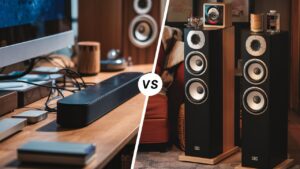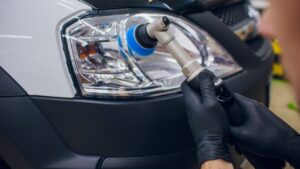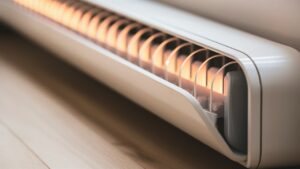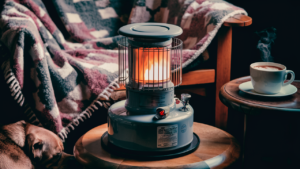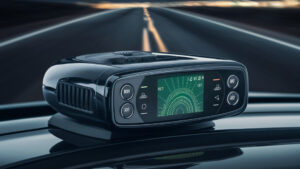Regularly inspect propellers for damage and landing gear for cracks to ensure your drone’s safety. Clean the drone and update the firmware for optimal performance.
It’s essential to maintain and service your drone to extend its lifespan and ensure safe and efficient operation. Proper maintenance also helps prevent potential issues and costly repairs, making it crucial for every drone owner to follow a routine maintenance schedule.
By incorporating these maintenance tips into your drone care routine, you can keep your equipment in top condition and maximize its longevity.
Introduction To Drone Care
Regular maintenance is essential for ensuring the longevity of your drone. By following a few simple tips, you can keep your drone in optimal condition and avoid potential issues. Start by regularly checking the propellers for any damage and inspecting the landing gear for any wear and tear. Cleaning the drone regularly is also important to remove any dirt or debris that may affect its performance. Don’t forget to inspect the antennae and chassis for cracks, as these can impact the drone’s stability. Keeping the firmware updated is crucial for optimal performance and safety. Additionally, make sure to charge all batteries before each flight and check for any loose screws that may need tightening. By following these maintenance steps, you can ensure that your drone stays in top shape for a longer lifespan.
Pre-flight Preparations
Ensure a smooth flight with these drone maintenance tips. Before takeoff, check propellers for damage, inspect landing gear and antennae, and clean the drone. Additionally, update firmware, charge batteries, and tighten loose screws to keep your drone in top condition.
| Before flying, check propellers for any damage. |
| Ensure batteries are calibrated and well cared for. |
| Perform tests to check controller and drone connection. |
Cleaning And Storage
For proper cleaning techniques, use a soft cloth to wipe down the drone and its components. Avoid using water or harsh chemicals that could damage the electronics. When storing the drone, keep it in a cool, dry place away from direct sunlight. Ensure that the batteries are charged to the recommended levels before storage to prevent any issues. Additionally, it’s important to inspect the propellers, landing gear, and chassis for any damage before and after each use. Storing the drone in a quality case can help protect it from dust and impact damage. By following these maintenance tips, you can extend the lifespan of your drone and ensure optimal performance.
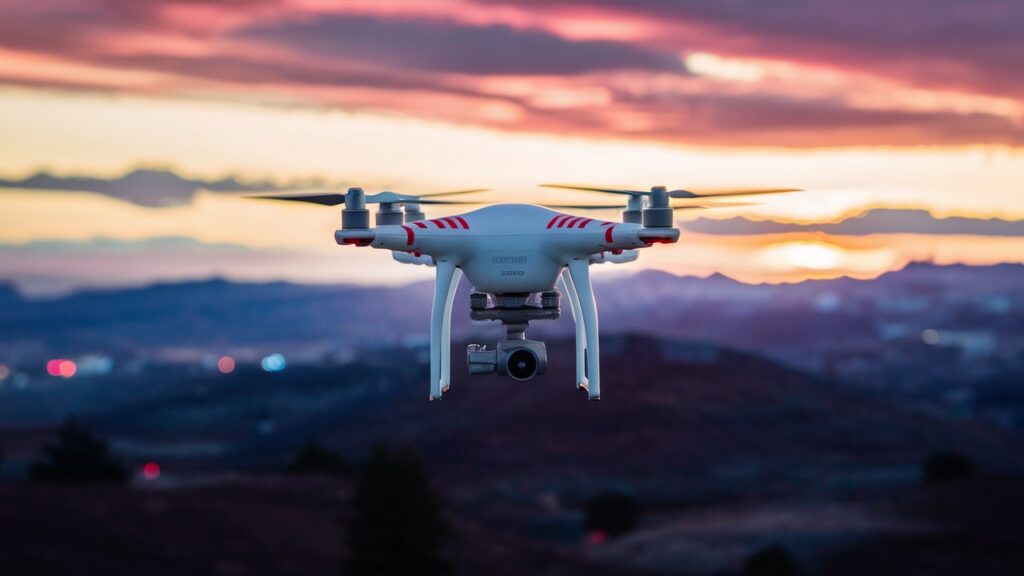
In-flight Best Practices
For drone owners, proper maintenance is essential to ensure their device functions properly and lasts long. Here are some tips to maintain your drone: check propellers for damage, inspect the chassis for cracks, clean the drone, update firmware, and charge all batteries.
Keep your drone in a good quality case and fly it safely.
| Check propellers for damage | Check landing gear condition |
| Clean the drone | Inspect antennae |
| Inspect chassis for cracks | Update the firmware |
| Battery Charge all batteries | Check for loose screws |
Post-flight Procedures
After landing, conduct a thorough check on propellers for damage, landing gear, antennae, and chassis. Clean the drone and ensure all screws are tight. Update firmware, charge batteries, and store in a quality case to prolong drone life.
|
|
After every flight, it is essential to inspect and clean your drone thoroughly. Check propellers for damage and assess the battery health. Inspect the chassis and antennae for cracks. Update the firmware and check for loose screws. It is also crucial to keep the drone logbook updated. Following these post-flight procedures can help extend the life of your drone and ensure safe and efficient flights.
Handling Repairs And Replacements
Check propellers for damage before every flight. Replace if necessary.
Regularly service the gimbal and clean the camera lens carefully.
Troubleshoot connectivity issues by testing the controller and drone connection.
Firmware And Software Updates
Drone maintenance is crucial for ensuring the longevity and optimal performance of your device. One important aspect of maintenance is keeping your firmware and software up to date.
Firmware updates are essential as they often address bugs and security vulnerabilities, improving the overall functionality and stability of your drone. Regularly checking for firmware updates and installing them promptly is highly recommended.
Software enhancements, on the other hand, can provide additional features and improvements to your drone’s performance. It is advisable to stay updated with the latest software releases and install them as they become available.
Creating A Maintenance Schedule
Check propellers for damage.
Check landing gear condition.
Clean the drone.
Inspect antennae.
Inspect chassis for cracks.
Update the firmware.
Charge all batteries.
Check for loose screws.
Keep a log of repairs and maintenance.
Note any issues or problems encountered.
Record any updates or modifications made.
Frequently Asked Questions
What Maintenance Does A Drone Need?
Perform regular checks for propeller and landing gear damage, clean the drone, inspect antennae and chassis, update firmware, and charge batteries. Additionally, keep the drone in a quality case, avoid dusty and sandy areas, and fly safely. Regular maintenance will ensure a longer drone lifespan.
How Can I Make My Drone Last Longer?
To make your drone last longer, regularly check for damage, clean it, update firmware, charge batteries fully, and tighten screws.
How Long Can A Good Drone Stay In The Air?
A good drone can stay in the air for an average of 20-30 minutes before needing to land and recharge its batteries. Regular maintenance and proper battery care can help prolong the flight time of a drone.
How To Service Your Drone?
To service your drone, follow these steps: 1. Check propellers for damage and replace if necessary. 2. Inspect landing gear, antennae, chassis for cracks. 3. Clean the drone and camera lens. 4. Update firmware and calibrate compass and gimbal. 5.
Charge all batteries and reduce weight for longer flight. 6. Store in a dry, well-ventilated area. 7. Follow a routine maintenance schedule and troubleshoot any issues that may arise.
Conclusion
Maintaining your drone is crucial for optimal performance and longevity. Regularly inspecting and cleaning components, calibrating batteries, and storing it properly can extend its lifespan. By following these maintenance tips, you can ensure your drone stays in top condition for many flights to come.
